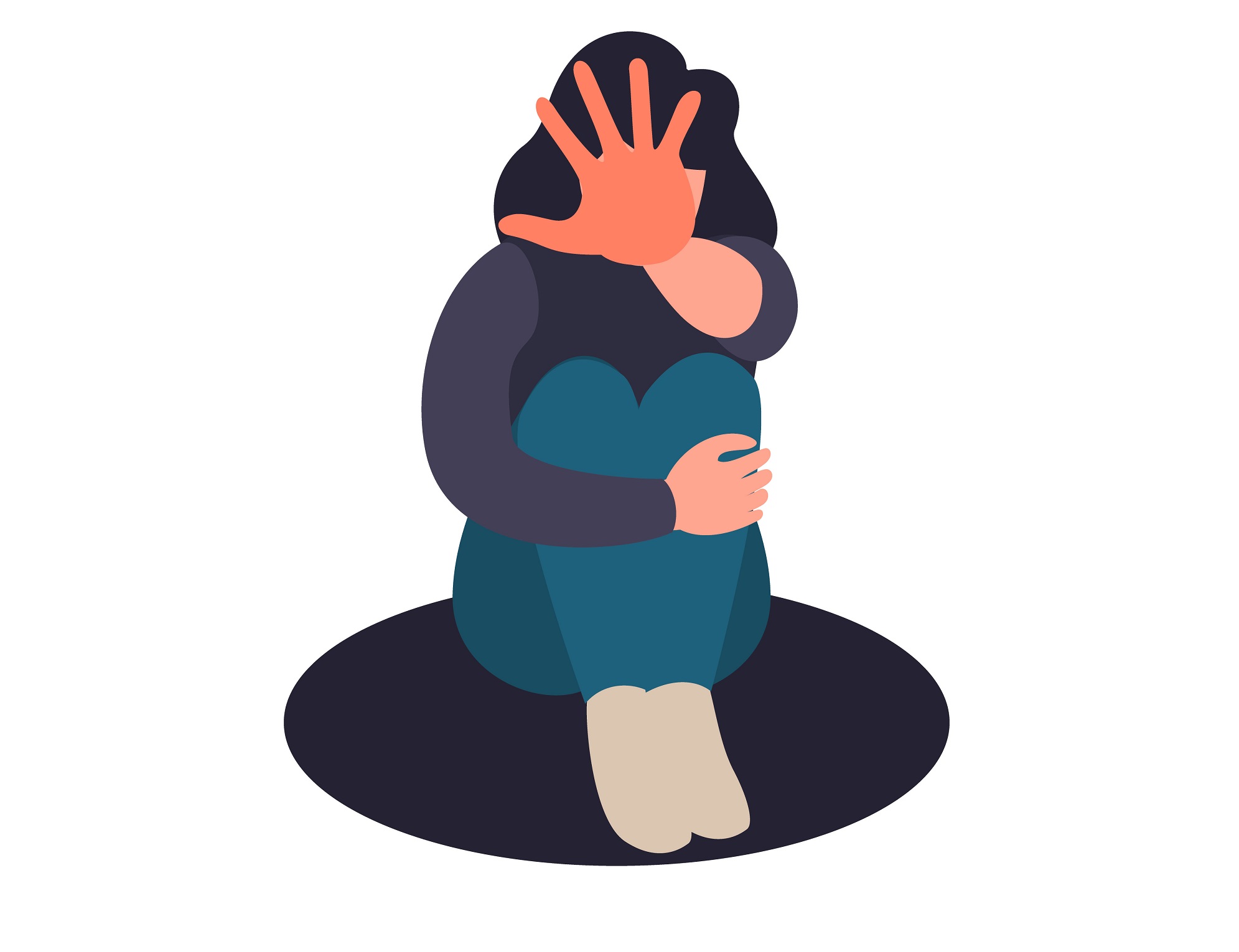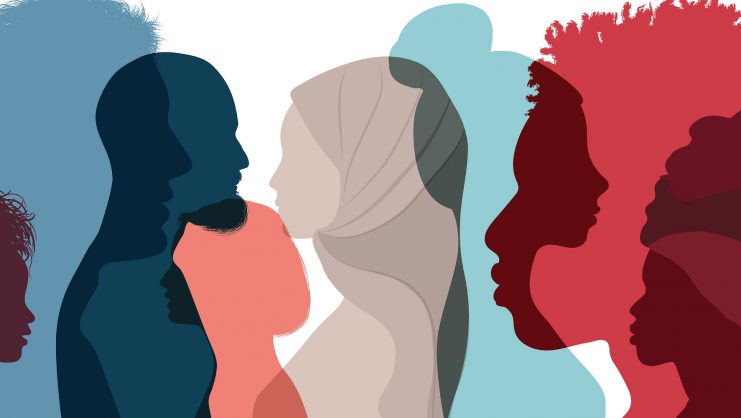As Covid-19 began to make its way around the world during the first and second quarter of 2020, people were told to stay at home in order to protect their health and the health of others. But for many individuals, home was not the safest option. During the first weeks after lockdowns started, many countries reported a dramatic increase in calls to gender-based hotlines. Concern began to grow about the escalation of intimate partner violence (IPV) and, in this way, the pandemic has raised awareness of a long existing problem. Some employers began to take an active role in helping the victims. After all, it was their employees who had been asked to work from home.
Lockdowns could increase but also decrease intimate partner violence
Existing theories of domestic violence are ambiguous about the effects of a lockdown. Consistent with violence as an expressive behavior, a lockdown can increase intimate partner violence on account of exposure (more time together) or an unexpected emotional cue. However, in some cases, a lockdown can curtail domestic violence because the forced cohabitation itself becomes an instrument of control and thus replaces the use of violence to do so. Furthermore, the Covid-19 pandemic has created a perfect storm of forced cohabitation plus economic shutdown, triggering additional factors of stress within most households. In such a situation, bargaining models predict that there would be an increase in domestic violence against women when their labor market prospects worsen, because her bargaining power decreases, but the male backlash theory predicts just the opposite in this situation because he retains the dominant position within the couple.
All of this ambiguity in theory leads us to question whether IPV does in fact increase during lockdowns. During this current pandemic, did IPV evolve in the opposite direction once the stay-at-home restrictions were lifted? In a recently published paper, co-authored with Esther Arenas Arroyo, from the Vienna University of Economics and Business, we disentangle the effect of forced cohabitation and economic stress on IPV against women in traditional two-gender households and consider what the Covid-19 pandemic has taught us about IPV and the measures that can be implemented to help affected victims.
To investigate this issue, we use individual level data from an ad-hoc online survey of more than 13,000 Spanish women, in which we asked them about situations typically related to IPV. By using data from cases that were either reported or not reported to the police, we were able to capture reliable estimates of changes in the prevalence of IPV during the lockdown. Because we collect information about the mobility and the employment status of each member of the couple before and during the lockdown, we could identify the main mechanisms through which the Covid-19 pandemic affects IPV, specifically the lockdown and the economic stress.
One of the strictest lockdowns in the world
Crucial to our study is the fact that Spain was one of the first countries to impose restrictions on mobility, and these restrictions were the strictest in Europe and took Spanish citizens by surprise. Specifically, a national quarantine was imposed on March 15. All non-essential businesses and shops were closed and the physical presence at work was limited to essential activities that could not be done from home. Compared to those living in Italy, the first European country with extreme lockdown measures, Spaniards were not allowed to go outside to exercise or go for a walk for a full seven weeks. In addition, only one person per household could go out at a time to do grocery shopping. The national quarantine represented a drastic and unexpected change in the everyday life of millions of people. It occurred just a few days after it was imposed in Italy (March 9) and just a few days after mass demonstrations occurred throughout the country in celebration of Women’s Day.
The national quarantine came with a national economic crisis. The GDP dropped 17.8% in the second quarter compared to the previous quarter, and it was the highest drop in the Eurozone. However, the quarantine and the economic crisis affected individuals differently, depending on the possibility to work from home and whether their activity was considered essential and/or subject to physical contact. This varied exposure to the external and exogenous shock is our main source of identification for the analysis.
Lockdown and economic stress: the worst possible combination
During the quarantine, IPV increased significantly by 4.5 percentage points (pp, hereafter), equivalent to an increase of 23.38% relative to the pre-lockdown average, which is driven by an increase in the sexual and psychological types of abuses. Instead, we find no effect on the level of physical violence. Our findings indicate that both the lockdown and the economic stress cause, independent from each other, a significant increase in the level of IPV, with the largest effects occurring when both members of the couple are locked together (14-16%) and when both suffer from economic stress (25-33%). The increase in domestic violence is higher among couples with children, couples without previous positive levels of violence, and for low-educated women. We also find large but statistically imprecise estimates of a large increase in domestic violence when the relative position of the man worsens, especially in contexts in which that position was already threatened. We view our results as consistent with the male backlash and emotional cue effects.
Extreme physical violence on the rise after, not during, lockdown
One of the interesting contrasts in our study is that there was an increase in psychological and sexual violence during lockdown but physical violence decreased (following the standard in the research literature, we use the term physical violence to denote all forms of physical aggression or threats of a physical aggression, excluding sexually motivated ones). To understand the effect of the Covid-19 pandemic on fatal IPV, we analyzed monthly records of female intimate partner homicides in Spain. The country’s Government Office on Gender-based Violence informs monthly on the femicides by province and victim-perpetrator relationship (current or former partner.) We used data from January 2003 to June 2020. We found suggestive evidence of a break in the trend of intimate partner homicides right after the start of the lockdown and our analysis suggests that by June 2020 the number of female homicides had decreased by 2.5 pp. (0.022 femicides per 100,000 women) compared to pre-pandemic levels.
The return to the normality of daily life, after the health crisis, may increase an abuser’s fear of losing control over the victim.
On the contrary, in recent weeks and since mobility restrictions were lifted in May, there has been a dizzying increase in the number of female homicides by their intimate partners. Spanish media has labeled the third week of May as the “black week” in terms of femicides, with five women murdered in just 72 hours. To put this figure in context, the number of femicides per year in Spain is on average 58. So, what explains the different effect of lockdown on physical and non-physical abuse? One popular view is that the recent increase of femicides once mobility restrictions were lifted reflects the use of violence to control behavior, a control that was not as necessary during lockdown. In other words, the return to the normality of daily life, after the health crisis, may increase an abuser’s fear of losing control over the victim. Furthermore, the rise in psychological and sexual abuse during lockdown is consistent with the exposure and emotional cue effects.
The private sector can (and should) help
Considering the special circumstances of the pandemic and the extreme isolation created by lockdowns, it is not surprising that there has been a surge of initiatives to help victims of domestic abuse. In addition to the traditional emergency call centers, public administrations have created new channels for remote communication of domestic violence and ways to seek advice or help, such as online chats, text lines, and using the codeword “mask-19” to report abuse to a local pharmacist. These efforts have been accompanied by initiatives from the private sector and NGOs as well. Polish teen Krysia Paszko set up a website purporting to be a cosmetics shop that actually offered victims covert help. EIDA, a network of large and small UK businesses that includes John Lewis, Boots, Uber, and Sainsbury’s, develops resources to help employers take action on domestic abuse by raising awareness among employees and training senior staff, managers, and HR departments on how to identify individuals who may need assistance, and offering direct help to victims. Their web page offers interesting cases of Covid-19 employer-developed resources to fight domestic abuse. The law firm Linklaters, for example, offers paid leave, paid accommodation, and an emergency assistant fund of up to £5,000 to victims of domestic abuse. In other jurisdictions employers should remain cognizant of relevant laws to ensure they are complying with all applicable legal obligations, such as expanded leave laws to include cases of domestic violence. These and other initiatives are of increasing importance, particularly as the working from home trend will, in some fashion, outlive the Covid-19 pandemic.
Although unfortunate, the increase in IPV during lockdown allows us to better understand, recognize, and thus tackle the problem. This is a pattern that was repeated internationally, with reports of domestic abuse and family violence increasing when social isolation and quarantine measures came into force, in countries as diverse as the United States, China, Brazil, and Australia, to name a handful of examples. Taken from this perspective, companies with global activities must recognize that they can take action to help solve a problem that is likewise global in nature.
© IE Insights.






